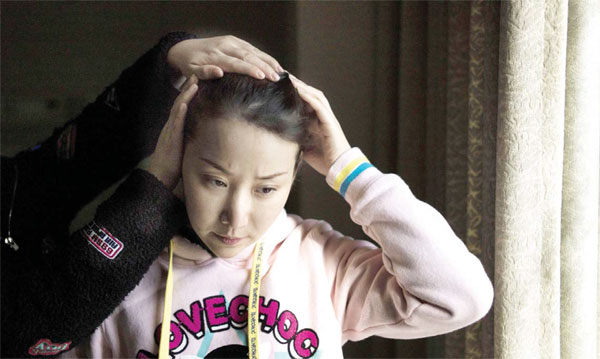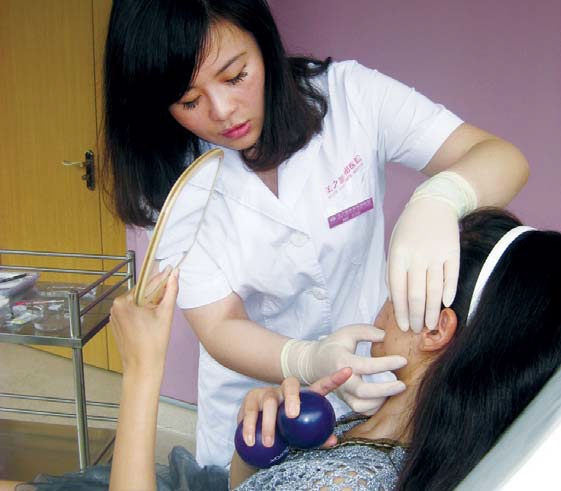The price of a pretty face
Updated: 2016-02-26 08:59
By Yu Ran(China Daily Europe)
|
|||||||||
|
|
Despite the risks of nonsurgical treatments and cosmetic surgery, more women in China are spending a fortune on these procedures
There used to be a belief in China that only "ugly people" required cosmetic surgery. But times are changing, and fast.
Zhou Jianjing, who is in her 30s, has a wish list of cosmetic procedures, and she is going to attempt to check off every item, citing fears that she may one day look older or worse than her peers.
"Some of my friends have had injections to get a face-lift and a narrower chin. I need to deal with the minor changes to my face to keep up," says Zhou, who is mulling getting a botulin toxin injection, known by the trademark name Botox, used for smoothing wrinkles. She is also considering hyaluronic acid injections for a firmer nose.
Micro cosmetic procedures like these have seen a surge in popularity in China in recent years. Unlike plastic surgeries, which often have long-term or permanent effects, injections last from three months to two years.
Even though these injections aren't risk-free, many women have adopted positive attitudes toward them, mainly due to demands in their careers and personal life.
"More Chinese women across different ages will be urged to take action and accept micro cosmetic surgeries as the norm," Zhou says. "Pursuing beauty is a lifelong mission."
An industry in boom
According to statistics released in November by the Chinese Association of Plastics and Aesthetics, China's plastic surgery industry has grown at an annual rate of 30 percent over the past three to five years. The market is expected to be worth 800 billion yuan ($122 billion; 110 billion euros) by 2019, surpassing countries such as the United States and Brazil to become the third-largest market.
"The definition of plastic surgery has changed," says Zhang Xiaofei, a doctor with Shanghai Ximei Medical Cosmetic Clinic. "It's no longer just 'ugly people' who want to change their face. Now, it's more like the icing on the cake for good-looking people."
Zhang has worked in the industry for more than 10 years and has witnessed a major change in his clientele. He says more young people are now looking to enhance their facial features through plastic surgery.
"The total sales revenue from nonsurgical procedures has grown by 10 to 40 percent in the past five years. Such procedures are the preferred option for consumers in their 20s," he says, adding that he treats about five clients a day.
Botox injections have become especially popular among young people, Zhang says, especially women who have just graduated from university, because they believe that improving their looks will give them an edge in finding a job and a boyfriend.
"The domestic brand of Botox costs 2,000 to 3,000 yuan per injection, and a person needs to apply it every six months if he or she wants to retain the firmness of their face," he explains.
Yang Xi says she spends about 4,000 yuan every quarter on Botox injections to ensure that she "continues to look young".
"I don't feel ashamed that I undergo micro cosmetic procedures, as I wasn't born with a slim face. I know I have the choice to change it to become more beautiful through injections or wearing makeup," says the 24-year-old, who this years plans to get injections for her nose and undergo double eyelid surgery. "There's no turning back when it comes to cosmetic surgery, but I don't regret it at all."
Aesthetic standards
From the perspective of professionals, Western ideals have increasingly influenced Chinese beauty standards.
"Wide and round eyes, white skin, and high nose bridges are seen as ideal for Chinese, who tend to be wiser with their decisions on cosmetic surgery-from seeking long-term effects to accepting temporary and safer products," says Wang Tso-hsuan, chairman of Taiwan Nice Clinic, who has regularly been invited to attend events on cosmetic surgery across the Chinese mainland since 2010.
As Wang recalls, the first time he was invited to give a speech on the mainland six years ago, there were only two imported cosmetic surgery products (Botox and Restylane) available to local consumers. Today, there is a considerable range in the market.
"The rise in popularity of nonsurgical treatments in China is a natural movement of the cosmetic surgery industry. Soon, such treatments will fall under the daily beauty care category, similar to hair care and skin care treatments," he says.
Cosmetic procedures abroad
The growing trend in China can be traced back to the mecca of plastic surgery - South Korea. The country is home to the largest number of people who have undergone plastic surgery, with 20 percent of women aged 20 to 49 in Seoul alone saying they have gone under the knife. The revenue of this industry in South Korea in 2013 exceeded $60 billion, accounting for 4 percent of the country's GDP.
Such is its reputation that South Korea has become the top destination for Chinese seeking the latest procedures.
Risks and regulations
Statistics from the South Korean Ministry for Health, Welfare and Family Affairs show the number of Chinese people entering the country for such purposes rose from 791 in 2009 to 56,000 in 2014.
"In China, the consumption in plastic surgery and beauty care products has become the fourth-largest growth engine after real estate, automobiles and tourism. It's a promising market to explore," says Lee Kil-sung, chief operating officer of Yestar International Medical Beauty Group, a South Korean brand that entered the China market in 2005.
Another popular cosmetic surgery destination is Taiwan, which is known for its relatively lower costs. In fact, competition is so stiff in Taiwan that 160 clinics have closed or gone bankrupt in the past two years, according to Wang.
"More consumers are flying to Taipei to get plastic surgery and nonsurgical procedures, as it costs half as much as in South Korea," he says, adding that his clinic faces stiff competition from about 400 other businesses on a 4-kilometer stretch in downtown Taipei.
Data from the Chinese Association of Plastics and Aesthetics show the number of accidents and disputes involving Chinese consumers who undergo cosmetic surgery in South Korea has been increasing 10 to 15 percent a year.
The association also says that, in China, up to 80 percent of dermal fillers are illegally injected in hotel rooms by people "recommended" on social media platforms.
yuran@chinadaily.com.cn
|
|

Today's Top News
Points of view
Small island makes a big difference
Rubio, Cruz gang up on Trump in debate ploy
'Invented-in-China’ products to the fore at MWC
Beijing edges NYC as home to most billionaires
110,000 refugees, migrants reach EU by sea in 2016
Tech giants reveal 5G innovations in Barcelona
Mechanism to be built to monitor ceasefire in Syria
Hot Topics
Lunar probe , China growth forecasts, Emission rules get tougher, China seen through 'colored lens', International board,
Editor's Picks
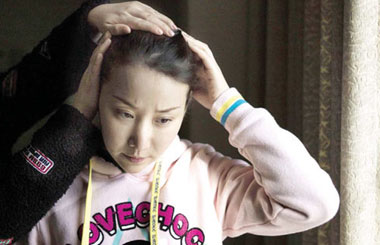
|
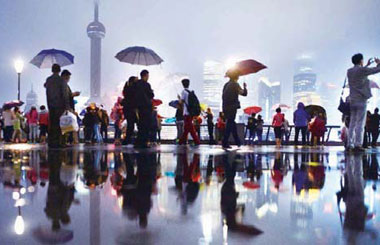
|

|
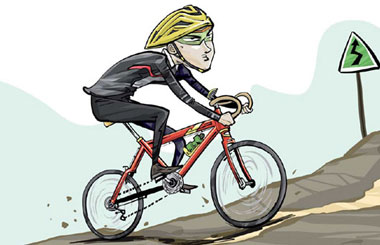
|

|
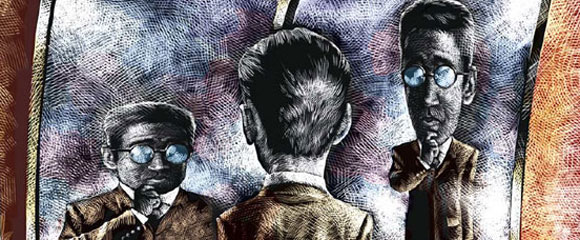
|
